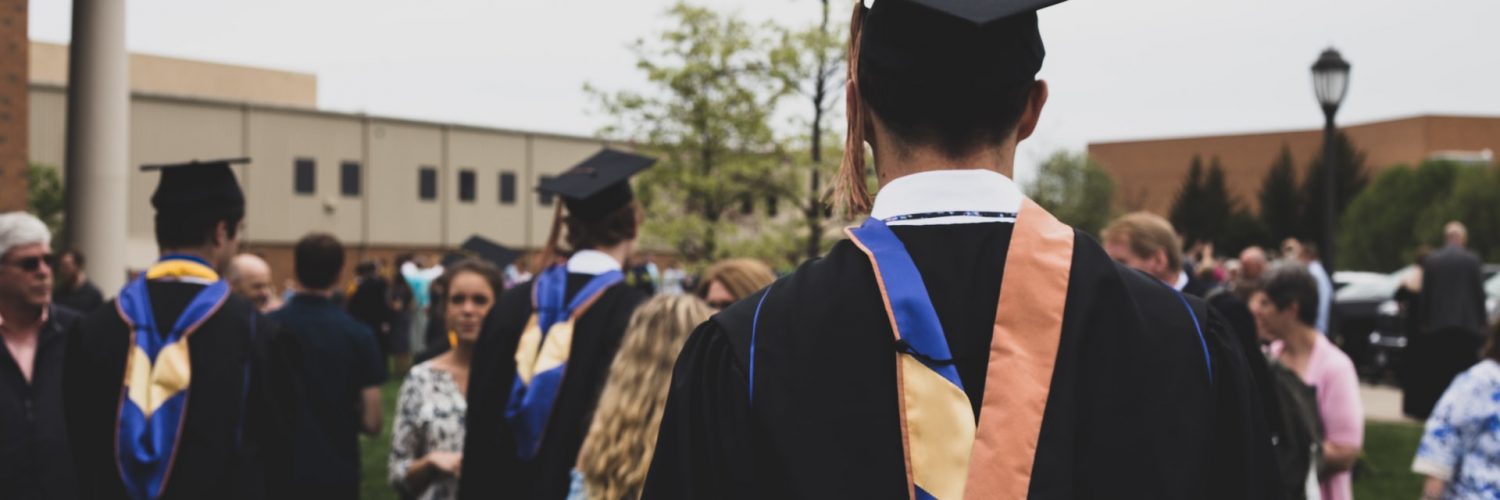The COVID-19 pandemic has resulted in only one change to the higher education experience: the move of lectures online.
There isn’t a day that goes by without another university announcing that it will only hold “lectures” online. However, there are drawbacks to virtual classrooms, as well as so much more potential for change in the aftermath of the pandemic. In addition, university decision-making has become much more student-centered in response to students’ requests for adaptability. Student preferences for modes of learning are frequently interpreted as a flexibility. Some students see the advantages of fully online learning and may choose to continue in that mode. The overwhelming majority, on the other hand, has demonstrated a strong interest in returning to campus. They do, however, want to keep the flexibility of online learning.
Timetables have been developed to make the best use of costly campus infrastructure during the pre-COVID era. Students had to adjust their hectic schedules to accommodate this. Several students were allowed to choose an online class or watch a recording at a time that was convenient for them during emergency remote teaching. After experiencing this flexibility, there is mounting evidence of a demand for learning that is available 24 hours a day, seven days a week. Students must make a significant sacrifice in order to have access to resources 24 hours a day, seven days a week. Due to current class schedules, students must sometimes travel significant distances for a single one-hour class. It’s understandable that these students will indeed favor attending a class digitally or at a later time. A student-centered methodology would thus fit into students’ lives rather than the other way around. Simultaneously, this would safeguard key aspects of the on-campus experience.
Students who are attending classes on-campus frequently expressed a desire for a social environment during the lockdown. As a result, it is not surprising that they are looking for social chances to connect with new people, form new connections through community interactions such as clubs and societies, communicate with different perspectives, and be physically located within the academic community. External constraints will have to be overcome in order for a shift toward more student-centered decision-making to occur. One is the pressing need to figure out ways to meet the expenses of education.
Prior to the pandemic, governments around the world had already lowered their expenditure on higher education. The pandemic has left governments in a crunched economic environment: the legacy of the government crisis and financial recession caused by COVID, as well as soaring student loan debt. They are now attempting to further reduce government spending on higher education. A further concern is a demand for highly skilled graduates to address shortfalls in jobs exacerbated by COVID. Companies are looking for problem-solving qualities, adaptability, social influence, and stress resistance, furthermore to specific skills and knowledge. To cut costs, teachers may need to use widely accessible open education resources or commercially available internet content. Importantly, whether online or in-person, active learning experiences create an environment conducive to meaningful activity. Scaffolded learning can help with this by successively developing students’ educational, cognitive strategies, and professional skills right from their inception to graduation. The pastoral and caring role that universities play in the lives of their students adds another dimension. Academics have worked long hours to provide students with academic and pastoral care.
A UCL study demonstrates the supplemental (often unaccounted for) time and emotional labor that educators invest in online student support. Students are still confronted with uncertainties that end up causing them anxiety. The state of mental health is at an all-time low. The additional costs of student care come at a time when all institutions are under severe financial strain. As a result, student-centered decision-making will be critical in determining how this care can be provided as part of our teaching.
The larger question is how flexibility demands can be accommodated while maintaining the social side that would provide critical academic and pastoral support while also contributing to sustainable development. A student-centered framework that aims at higher education decision-making, collated from real-life students’ experiences, could be a good place to start.
Read all the Latest News here. Follow us on Facebook, Twitter, and LinkedIn.


















Add comment